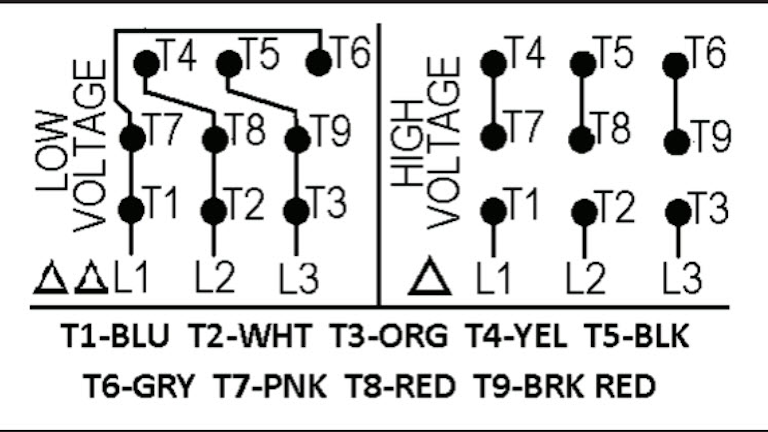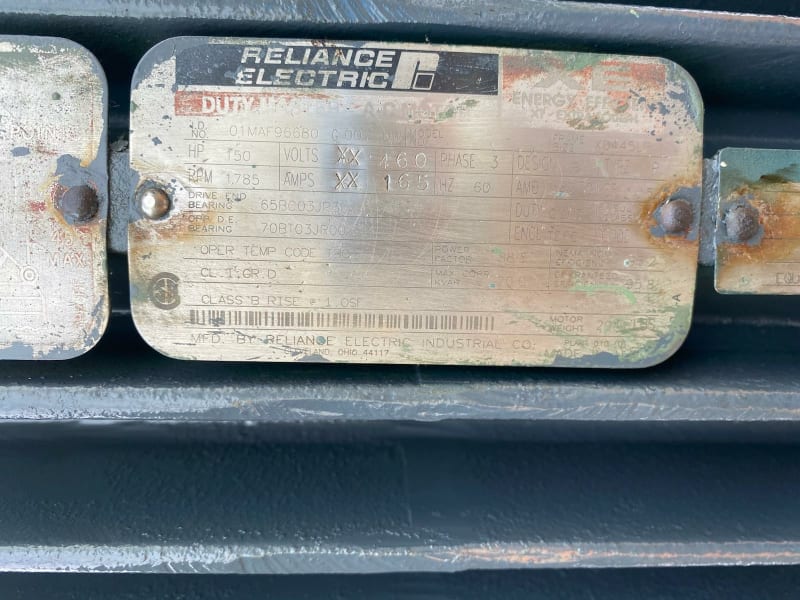tlona
Industrial
- Jun 1, 2010
- 55
We have an inline pump with a 150HP/3 phase 460V, 165A nameplate vertical motor, Delta Start, Delta Run (6 leads). The pump and motor were out of service for over a year and recently serviced and moved to a new installation at a different facility. The new installation is a similar application in that it is being used for the transfer of #6oil between two bulk storage tanks. We are using an Allen Bradley SMC Flex Soft Start. We have the start and run leads wired in parallel. The motor starts and comes up to speed but is drawing about 215Amps when running ruinning at its normal operating point (2000gpm @ 200ft head). When we choke down on flow the current drops but to about 190A but can never get it to the 165A. The motor is a RELIANCE Motor from 1994. I obtained the factory information from the nameplate serial number. The factory cut sheet states a 208V motor. I just noticed that the current nameplate was originally stamped for 208V but then 'XX' out and re-stamped for 460V. Could this voltage conversion/rewinding be the cause of the issue?


